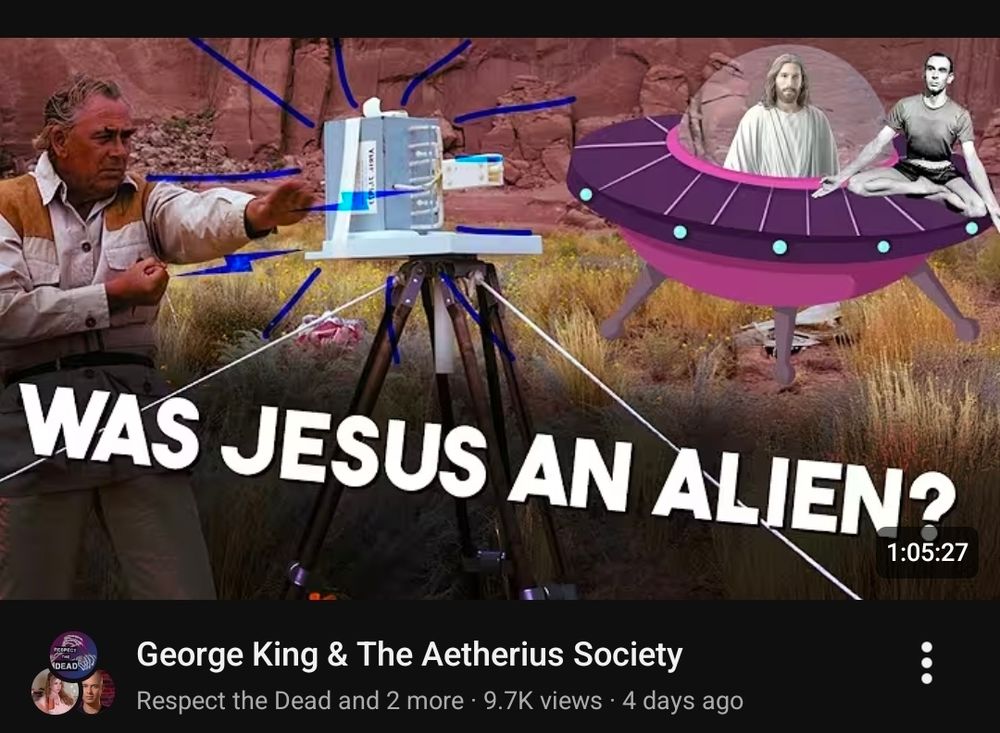
• Legendary Bystander to Multiple Events
• Devil's Advocate
[email protected]







www.reddit.com/r/botany/com...

www.reddit.com/r/botany/com...
Cheers @scottzona.bsky.social #botany

Cheers @scottzona.bsky.social #botany










NO: black line / yellow line
But I feel like this is a more meaningful measurement

NO: black line / yellow line
But I feel like this is a more meaningful measurement
• the (negative) correlation also exist between major axis and precipitation but a bit less strongly: in areas with more rain, the lengths are shorter
N = 200 (100 Mojave, 100 Sonoran)
(Ring section width pic)

• the (negative) correlation also exist between major axis and precipitation but a bit less strongly: in areas with more rain, the lengths are shorter
N = 200 (100 Mojave, 100 Sonoran)
(Ring section width pic)
• in areas with less rain, the ring sections are thickest
• in areas with more rain, the ring sections are thinnest
• we would expect the opposite in a "center die off" model

• in areas with less rain, the ring sections are thickest
• in areas with more rain, the ring sections are thinnest
• we would expect the opposite in a "center die off" model







